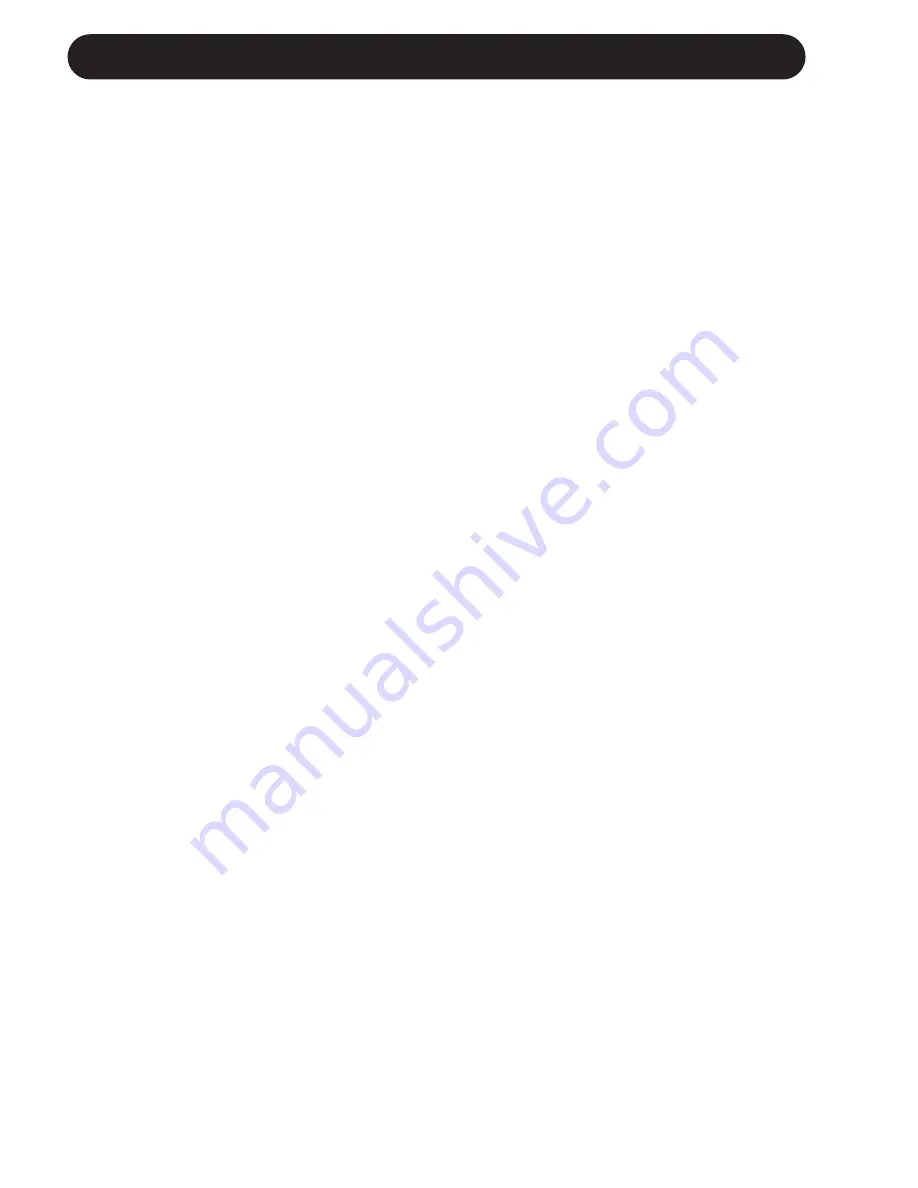
44
REVERB
Room
Decay
Range: 0.1 to 20s
The Decay parameter determines the length of
the Reverb Diffuse field. The length is defined
as the time it takes for the Reverb Diffuse field
to decay approximately 60dB.
Pre Delay
Range: 0 to 100ms
A short Delay placed between the direct signal
and the Reverb Diffuse field. By using Pre
Delay the source material is kept clear and
undisturbed by the more diffuse Reverb Tail
arriving shortly after.
Size
Range: Small, Med, Large
The “Size” parameter defines the size of the
Early Reflection pattern used. A Reverb
consists of both Early Reflections and a Diffuse
Field. In reverb simulation the Early Reflections
or “Initial Reflections” defines the shape and
size of the room, whereas the Diffuse Field is
what you generally refer to as “Reverb” or the
“Reverb Tail”. Compared to the Early
Reflections the duration of the Diffused field is
considerably longer.
Hi Color
Range: 0 to 6
6 different Hi Colors can be selected. Try
setting the Hi Factor parameter at +20 and
listen to the 6 different Colors.
Hi Factor
Range: -25 to 25
Adds or subtracts the selected Hi Color type.
Lo Color
Range: 0 to 6
6 different Lo Colors can be selected. Try
setting the Lo Factor parameter at +20 and
listen to the 6 different Colors.
Lo Factor
Range: -25 to 25
Adds or subtracts the selected Lo Color.
Room Level
Range: -100 to 0
This parameter adjusts the Reverb Diffuse field
level. Lowering the Reverb Level will give you a
more ambient sound, since the Early Reflection
patterns will become more obvious.
Reverb Lev
Range: -100 to 0
The level of the Early Reflections.
Diffuse
Range: -25 to 25
Allows fine-tuning of the density of the Reverb
Diffuse field.
This parameter is set automatically when
selecting a desired Decay time and makes it
possible to reduce flutter in the Decay to an
absolute minimum.
Mix
Range: 0 to 100%
Sets the relationship between the dry signal and
the applied effect in this block.
Out level
Range: -100 to 0dB
Sets the overall Output level of this block.
Summary of Contents for G-Major
Page 1: ...G Major GUITAR EFFECTS PROCESSOR U US SE ER R S S M MA AN NU UA AL L...
Page 2: ......
Page 11: ...9 SIGNAL FLOW...





















